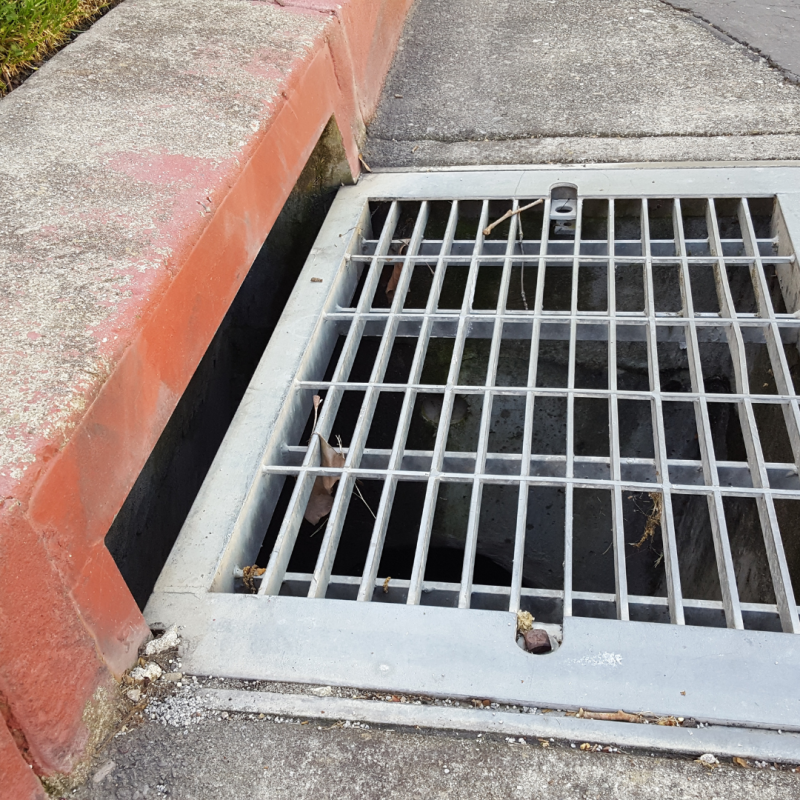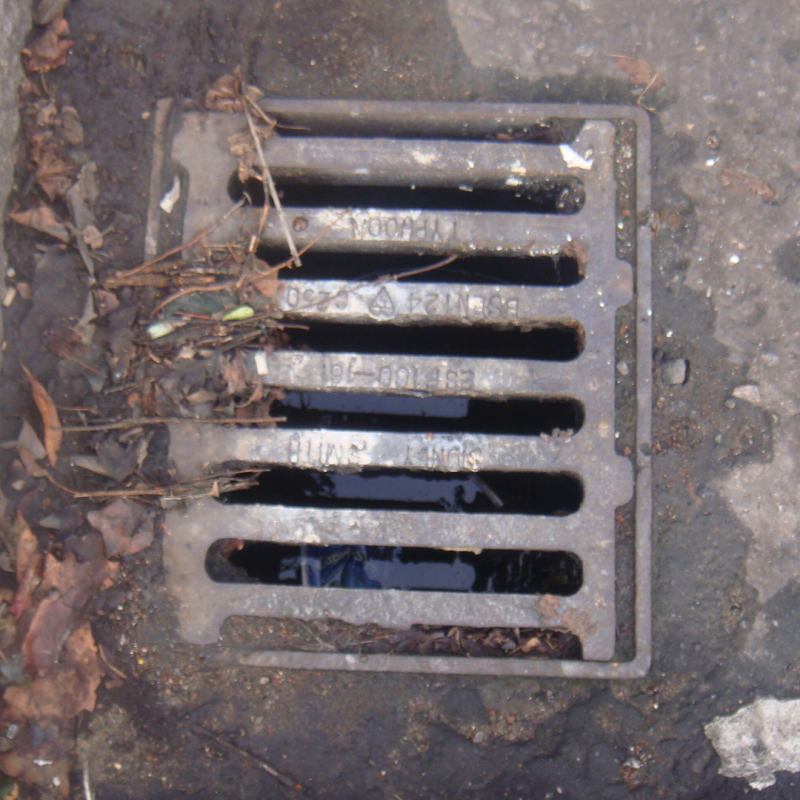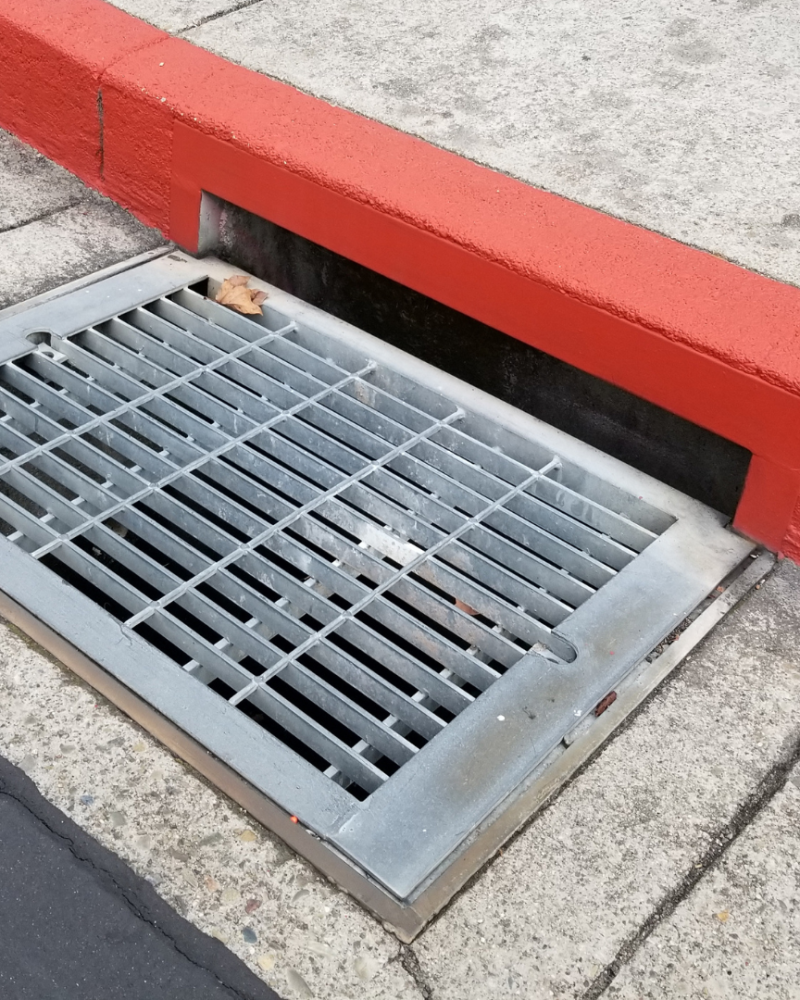Storm Sewer Installation
Houston’s commercial property owners must consider the benefits of quality storm sewer installation services at some point. With heavy rains being commonplace in the forecast, storm sewers are a must, as they do the following for commercial properties:
- Reduce the risk of flooding and standing water
- Prevent the property from becoming waterlogged and unappealing to people
- Protect any building foundations and pavement
- Support better water quality and reduce pollutants that enter the drainage system
- Reduce the presence of pests and unchecked vegetation
Houston’s flooding problems are common, but that doesn’t mean they have to be your property’s problems. A storm sewer system installed by a reputable contractor will ensure the property is prepared for the next heavy rain.
What are the Parts of a Storm Sewer Installation
Storm sewer systems are designed to capture runoff from storms and funnel that water safely through densely populated areas. As you might expect, storm sewers are complex pieces of infrastructure that consist of many parts. They include:
● Storm drains (or inlets) – A storm sewer’s inlets are entry points through which water is captured by the drainage system. Storm sewer inlets are often built into curb and gutter systems, but there are other types of inlets, such as grate inlets, drop inlets and slotted inlets. What these structures have in common is where they are installed (at low points where runoff is likely to gather), and what they are connected to (either a catch basin or drainage pipe).
● Catch basins – Catch basins, also known as stormwater catch basins, act like temporary holding containers for runoff. They are the concrete structure that you see when you look down into a storm drain and they are designed to meter water flow carefully as it enters the storm sewer system. Catch basins are designed with a small outlet pipe that may be fixed with a grate to prevent debris from entering the sewer.
● Culverts – Culverts are large underground pipes, typically made from concrete, that are designed to carry water to other drainage structures, like retention or detention ponds. Culverts are also used to direct water under areas where surface flow is impossible or undesirable, such as a railroad, highway or large landscaped areas.0
● The main (or trunk) line – The storm sewer’s main or trunk is a primary storm sewer artery, responsible for collecting runoff from many inlets and handling large amounts of volume.


How are Storm Sewers Installed?
Every storm sewer installation poses its own challenges, so there is not a single repeatable approach to every project. However, the following steps are part of most storm sewer projects:
- Surveying and marking the area – Before any dirt is moved, the installation team will assess where the drainage structure will go, including catch basins and inlets. The crew may reference the site’s plans while doing this. All work areas will then be marked for reference.
- Excavating the area – Drainage elements are typically installed in narrow underground spaces. To create the trenches and subsurface areas needed for the drain, catch basins and culverts, the installation team will rely on earth-moving heavy machinery like excavators.
- Installing the base layer – Made from gravel or crushed stone, the base layer is what basins, culverts and other heavy drainage structures will rest on once installed. This material stabilizes the drain, which protects it from damage and prevents soil settlement around the structure.
- Installing the pipes and basins – The below-surface drainage elements are placed once the base is installed and compacted. During installation, all structures are carefully positioned using cranes and other equipment.
Once all pipes and basins are in place, they are tested to verify the system will meet all project specifications. - Backfilling the project site – With all underground components installed, bulldozers and excavators are used to backfill the site on top of the basins and culverts to bury them underground. Once the dirt is piled over the drainage elements, it is compacted to ensure a stable fit.
- Installing surface elements – The underground portion of the storm sewer is ready to go. Now, the installation team will place inlets and drains where they are needed to connect to those subsurface pieces. This may be included with a curb and gutter installation, as curb and gutter systems are popular storm drain options.


Are Storm Sewers and Sanitary Sewers the Same?
Storm sewers and sanitary sewers are similar in construction and design, but they serve different purposes. A sanitary sewer collects wastewater from a building and transports it to wastewater treatment facilities. Storm sewers collect runoff and carry it to ponds and other natural flood buffers. As runoff is not intended for human use, it is not treated at those same wastewater facilities. Because they serve different purposes, storm and sanitary sewers are typically discrete, separate elements of a larger sewer system.
Storm Sewer Installation Services Help Protect the Property
The consequences of inefficient or insufficient drainage in Houston can be devastating for commercial properties, which is why water it is important to work with an experienced contractor. This work should be trusted to a crew that understands the importance of protecting a property from expensive consequences like foundation damage.
A reputable storm sewer installation contractor will ensure your property is built to weather Houston’s rainy climate. If you own or manage an undeveloped piece of commercial property in the area, contact an experienced site developer or concrete team to see how better drainage can work for your organization.
